 Rosinweed - Silphium integrifolium
Rosinweed - Silphium integrifolium
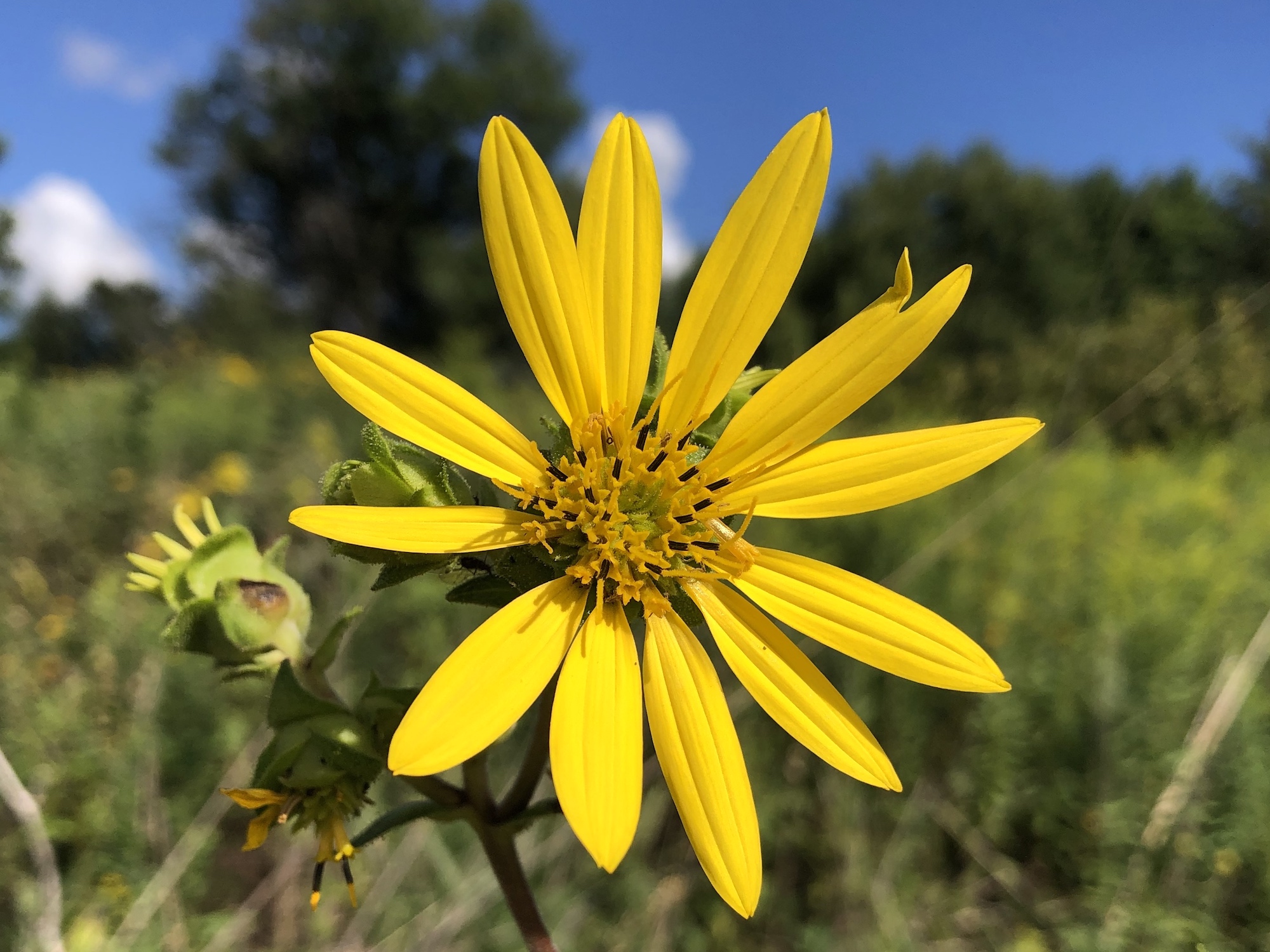
Above: Rosinweed in the UW-Madison Arboretum in Madison, Wisconsin (8/18/20).
Rosinweed - Silphium integrifolium
Rosinweed is a native perennial that grows from 6' to 7' tall.
The leaves are mostly opposite but not surrounding the stem like the related Cup Plant.
The plant had uses among Native American peoples. The Meskwaki (Sauk/Fox tribe), for example, used the roots to treat pain from injuries.
The Rosinweed is related to Basal-leaved Rosinweed (Silphium terebinthinaceum), Cup Plant (Silphium perfoliatum)) and the Compass Plant (Silphium laciniatum).
Other names: whole-leaf rosinweed, entire-leaf rosinweed, and prairie rosinweed.
Silphium: old Greek generic name referring to resinous juice.
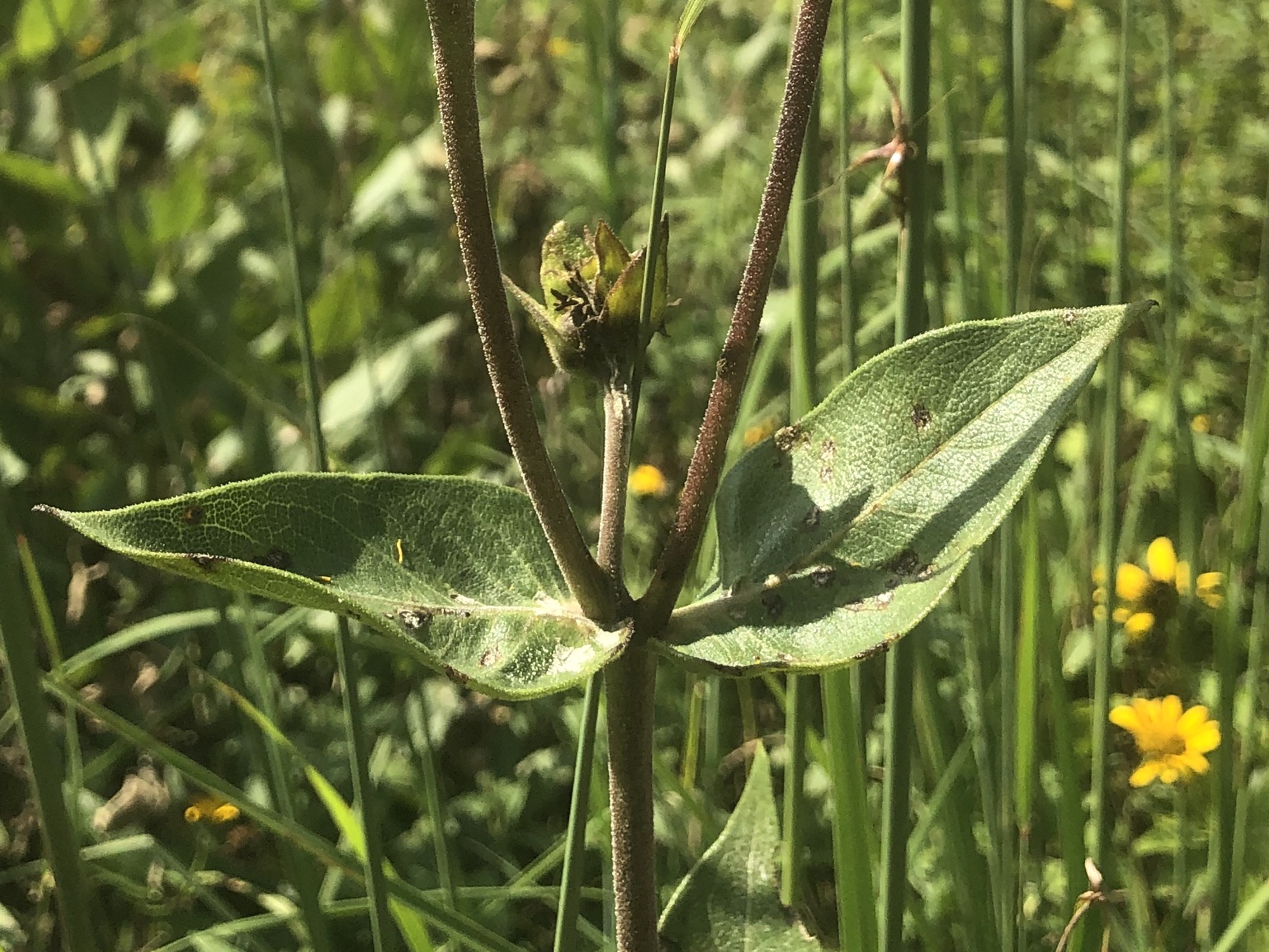
Above: Rosinweed stem and leaves.
For more information on the Rosinweed, visit Wikipedia.
Or, visit the UW-Madison Wisconsin State Herbarium website page about Rosinweed.
Rosinweed
Silphium integrifolium
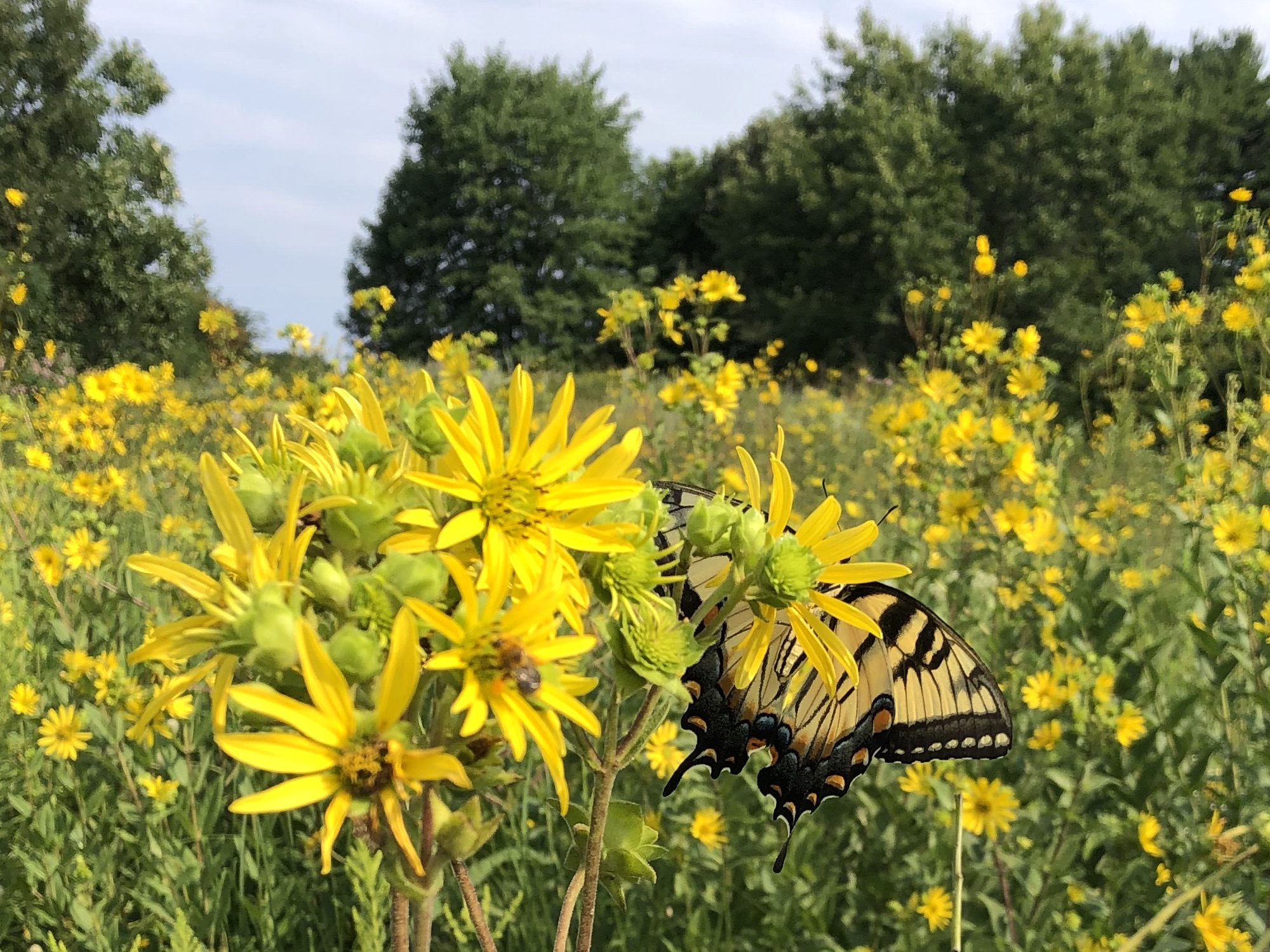
Above: Swallowtail butterfly on Rosinweed in the UW-Madison Arboretum in Madison, Wisconsin on August 8, 2023.
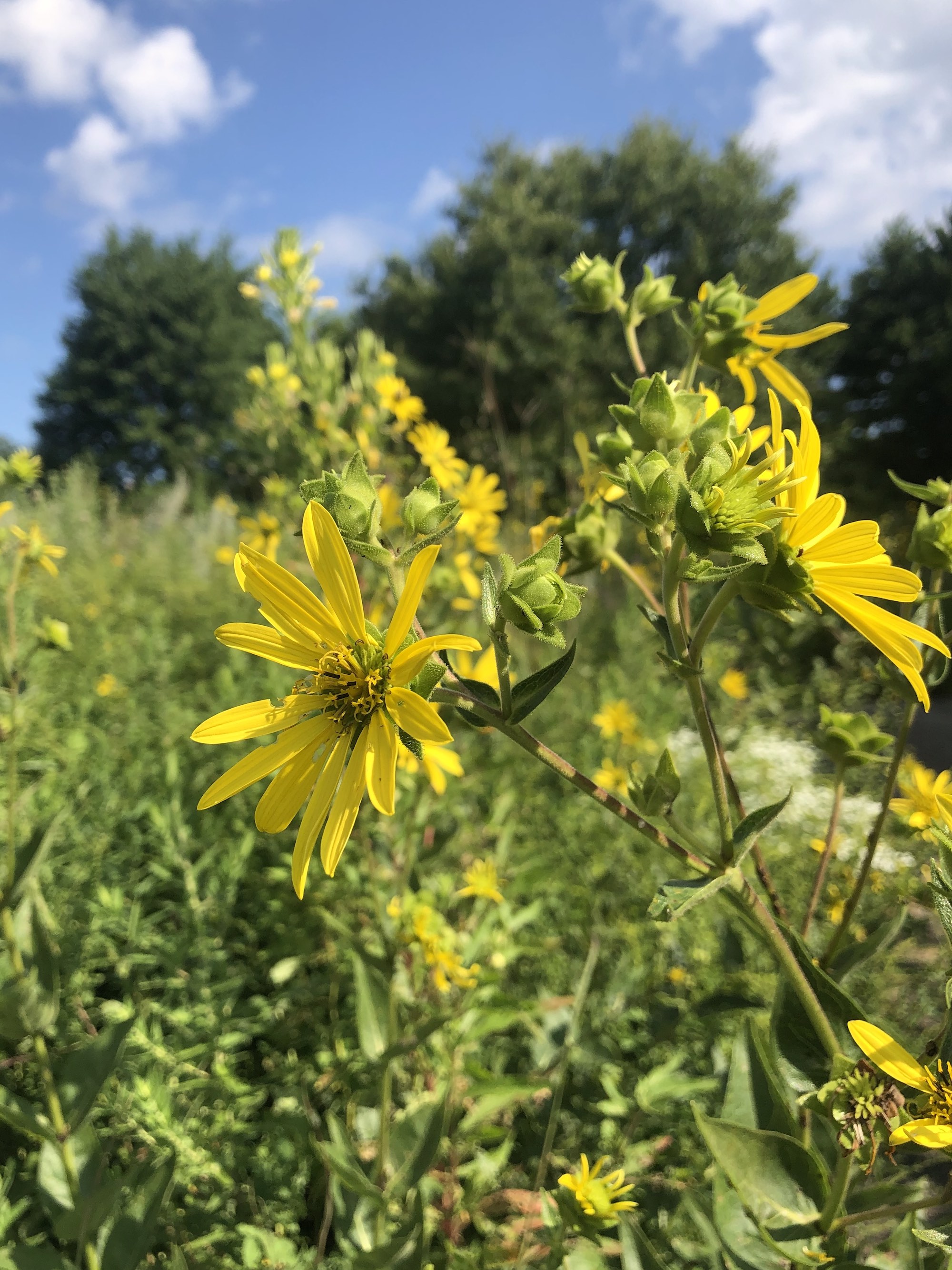
Above: Rosinweed in the UW-Madison Arboretum in Madison, Wisconsin on August 2, 2021.
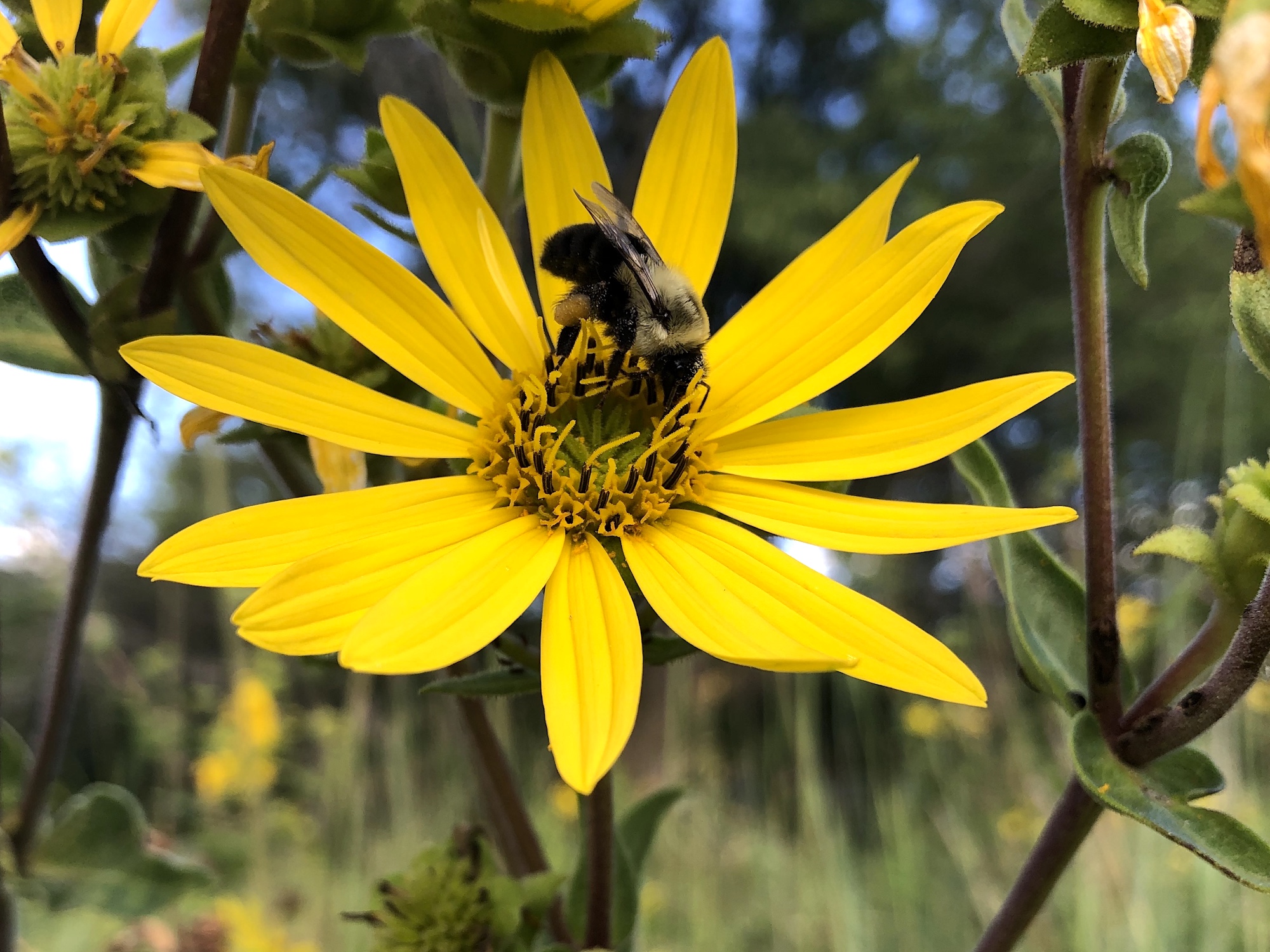
Above: Rosinweed in the UW-Madison Arboretum in Madison, Wisconsin on August 18, 2020.
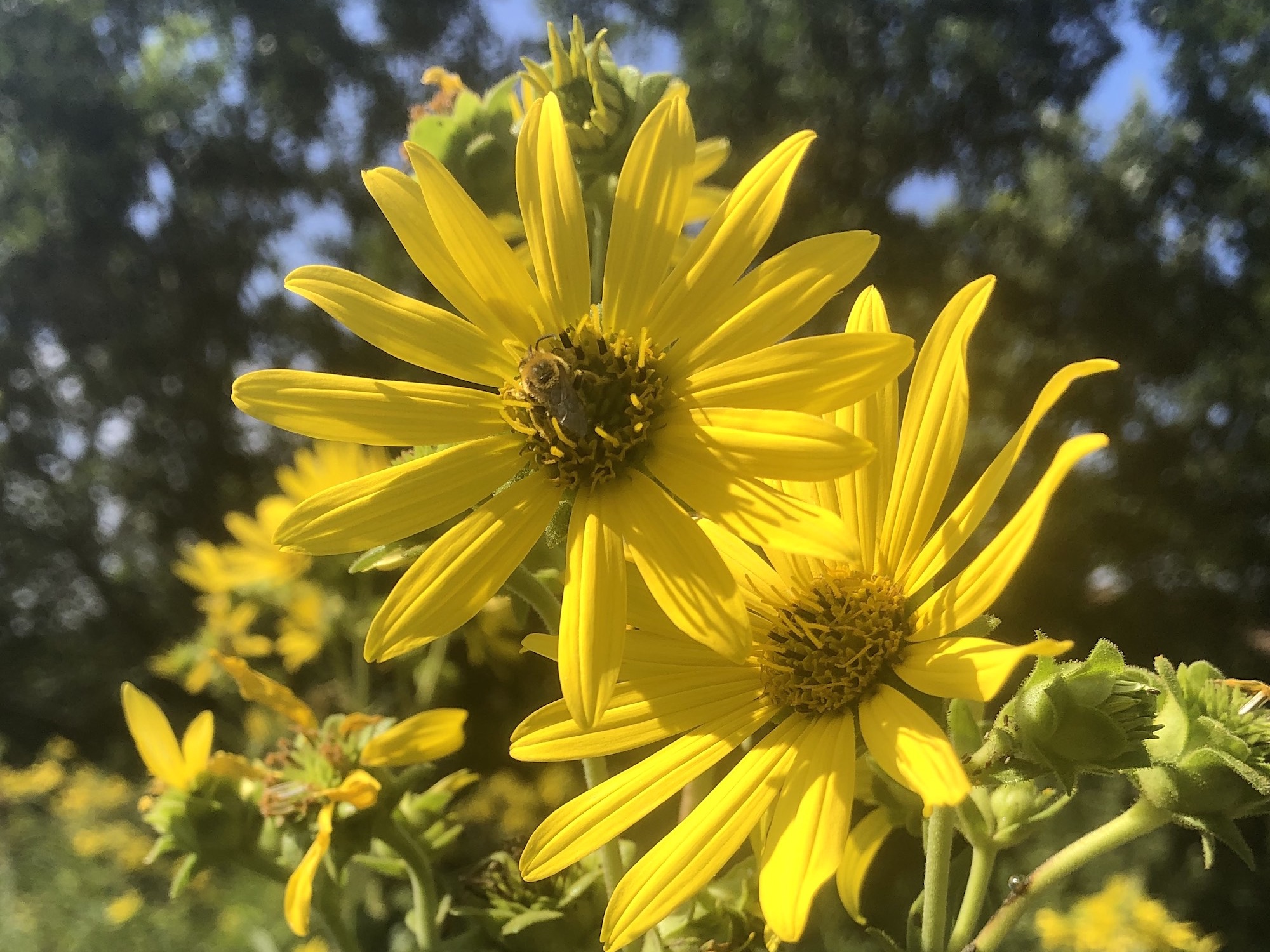
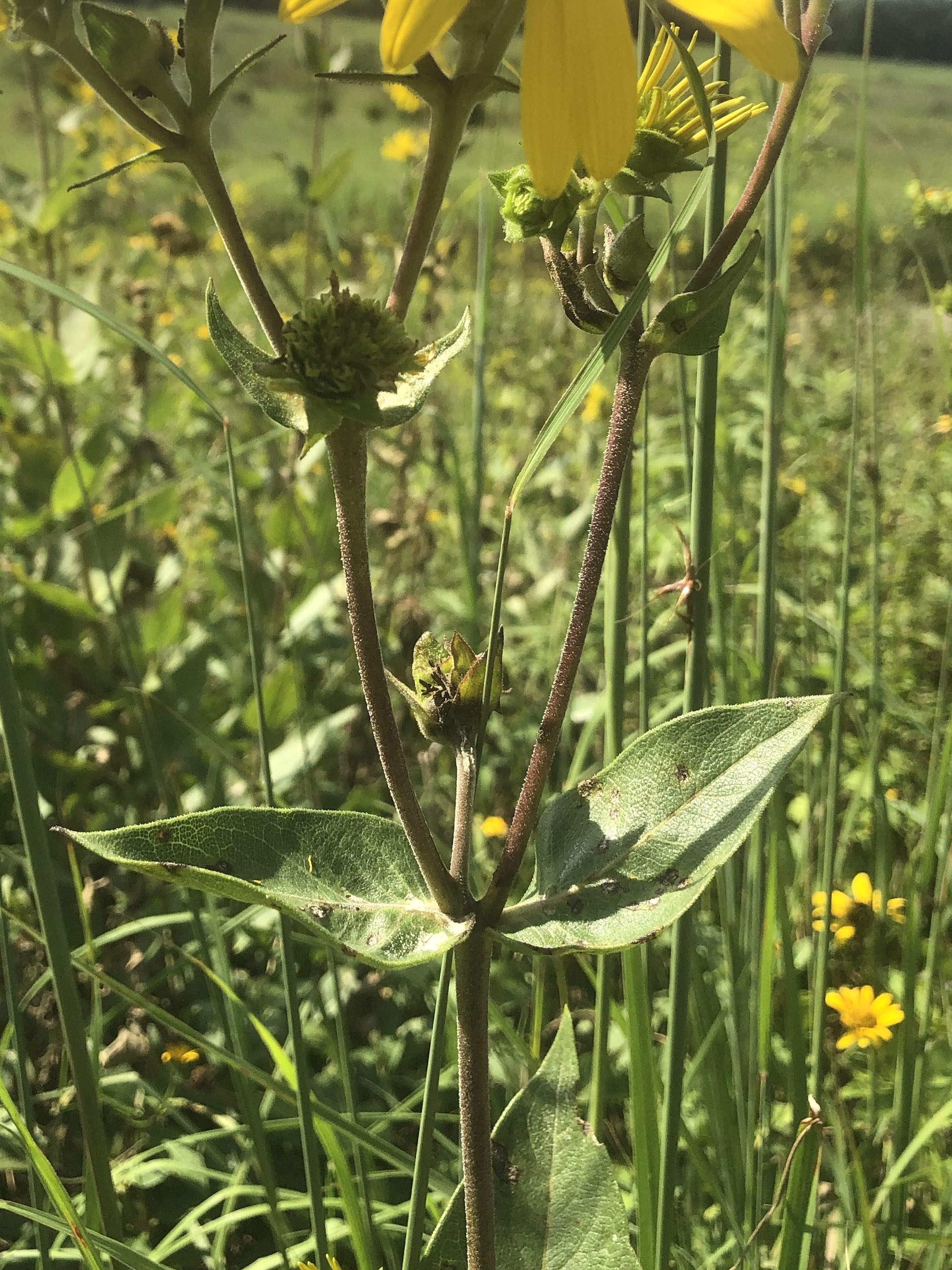
Above: Rosinweed stem and leaves in the UW-Madison Arboretum in Madison, Wisconsin on August 17, 2020.
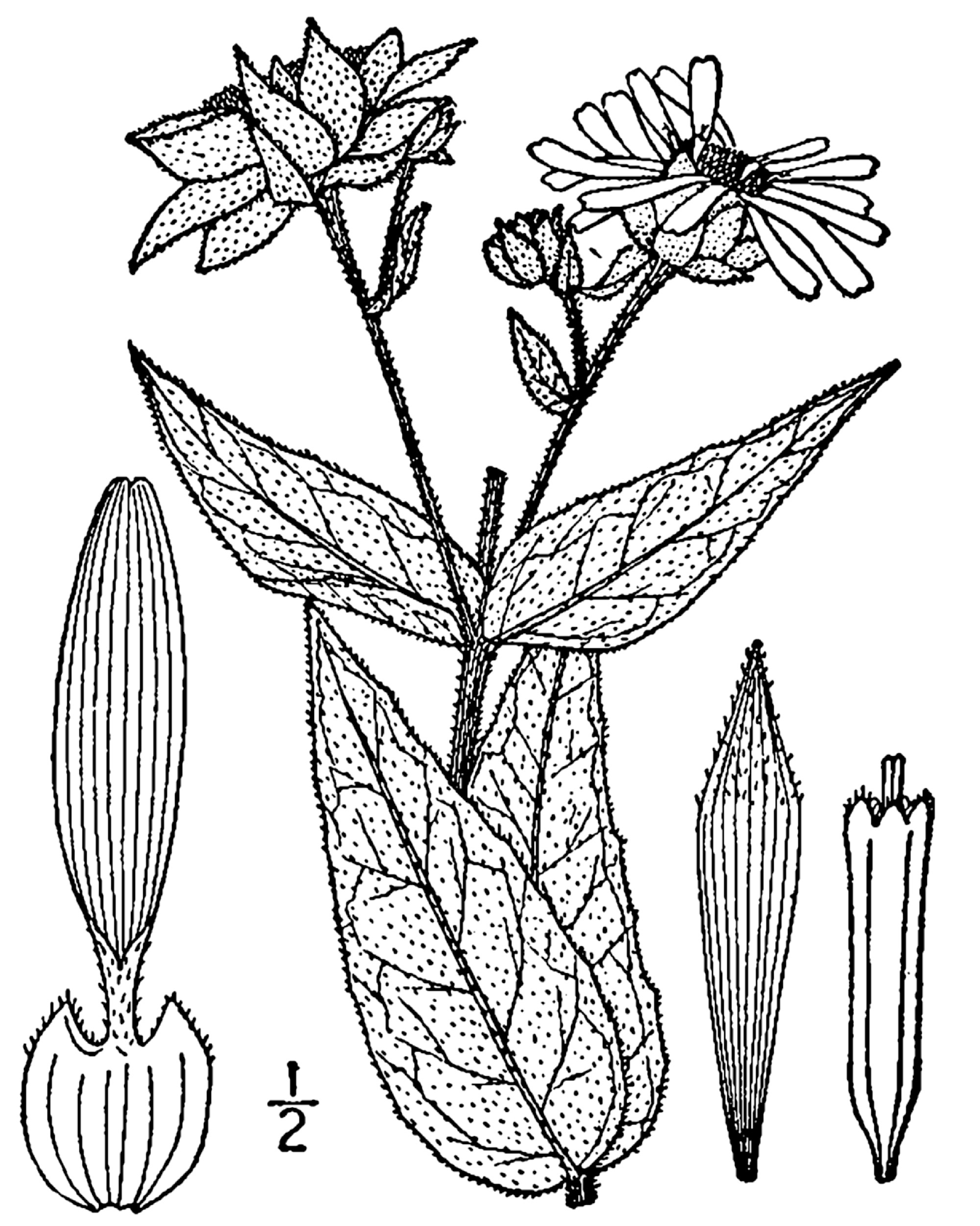
Above: 1913 Rosinweed illustration.
Basal-leaved Rosinweed is a native plant also known as prairie rosinweed and prairie-dock.
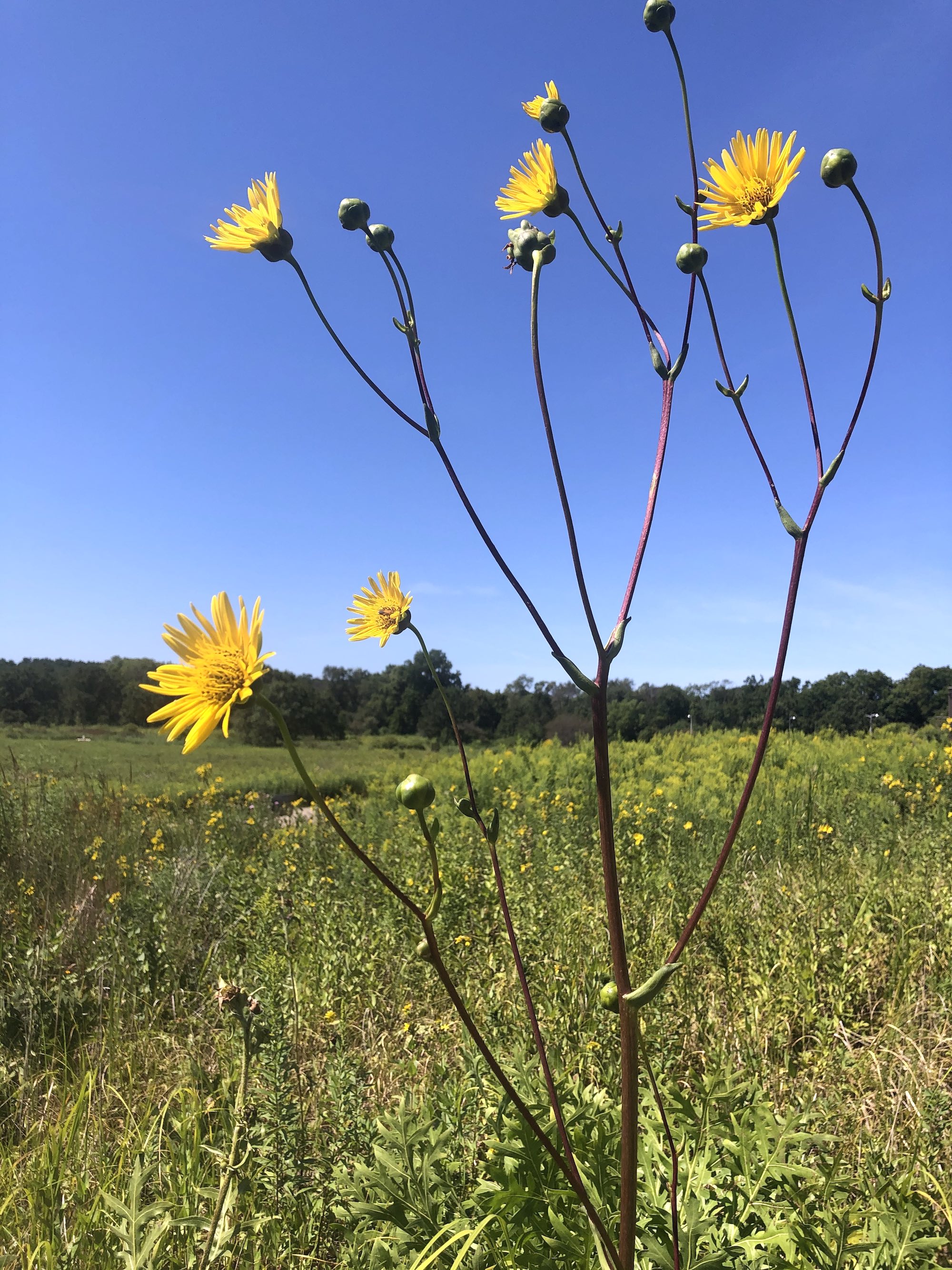
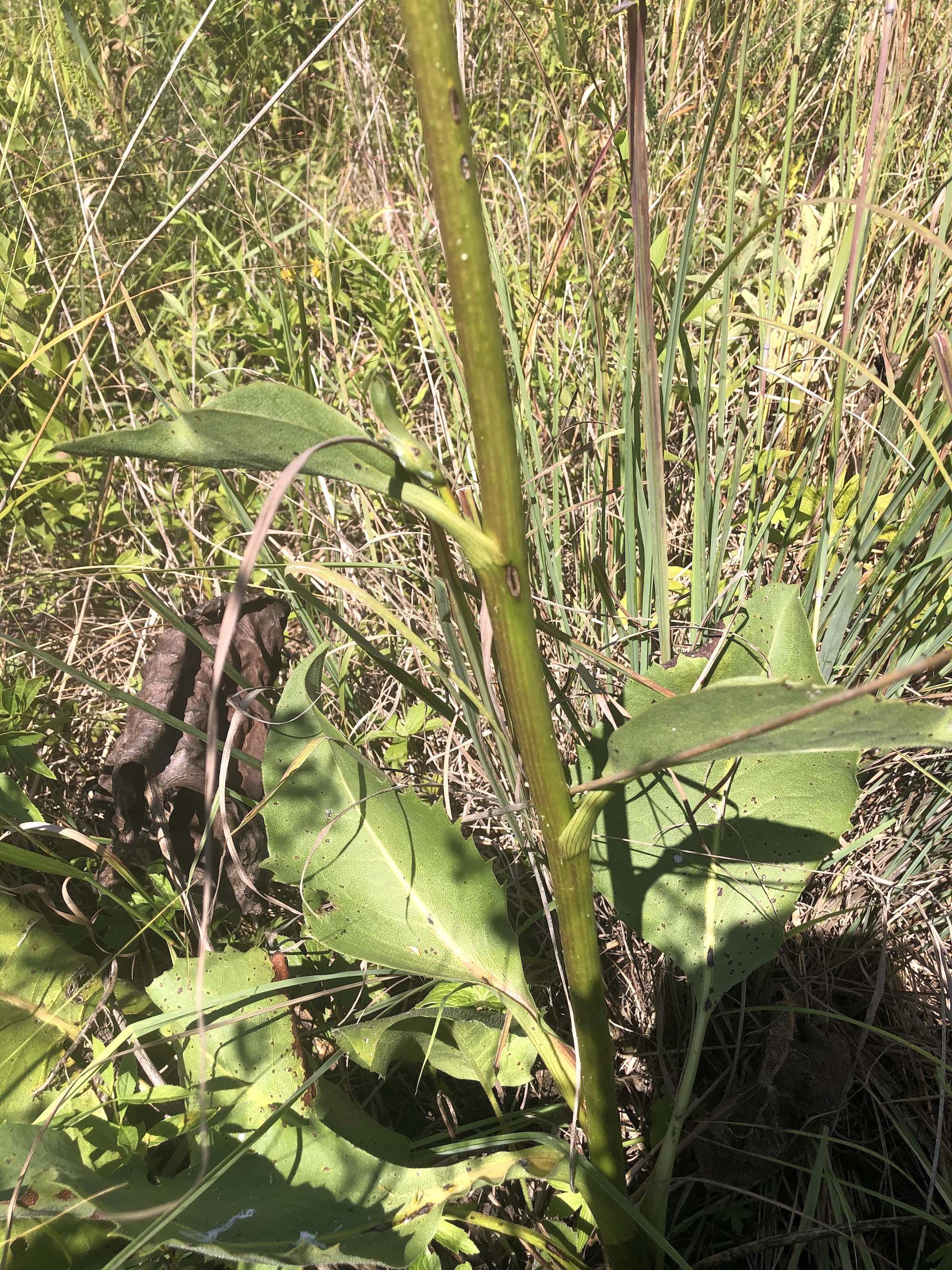
Above: Basal-leaved Rosinweed in the UW-Madison Arboretum in Madison, Wisconsin on August 20, 2020.
Read more about Basal-leaved Rosinweed